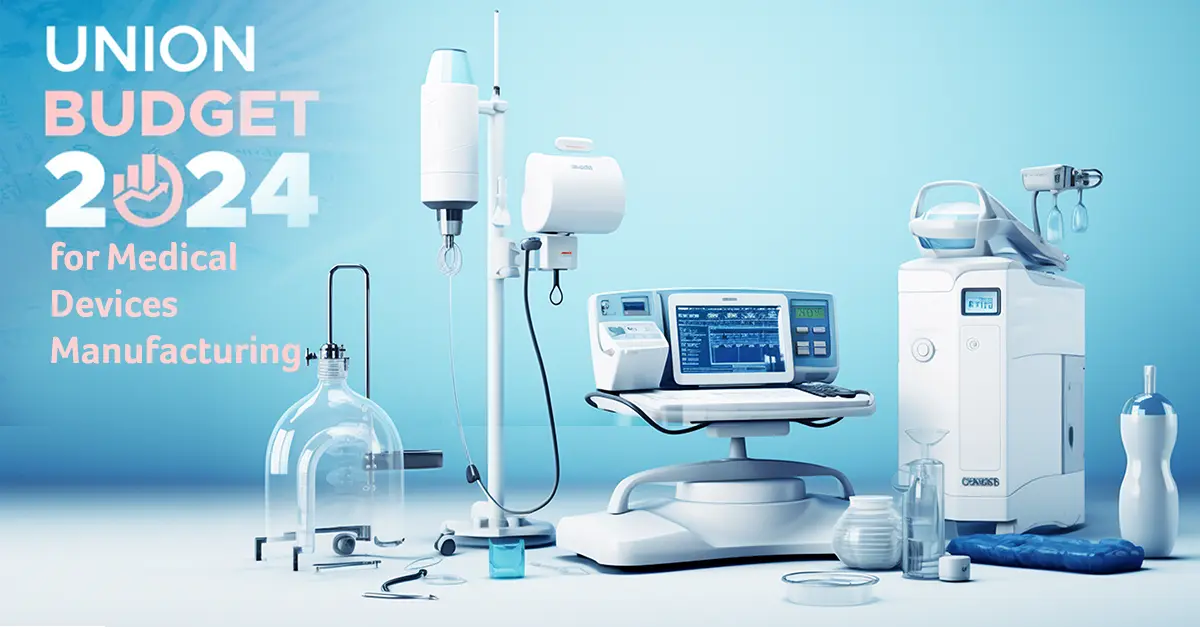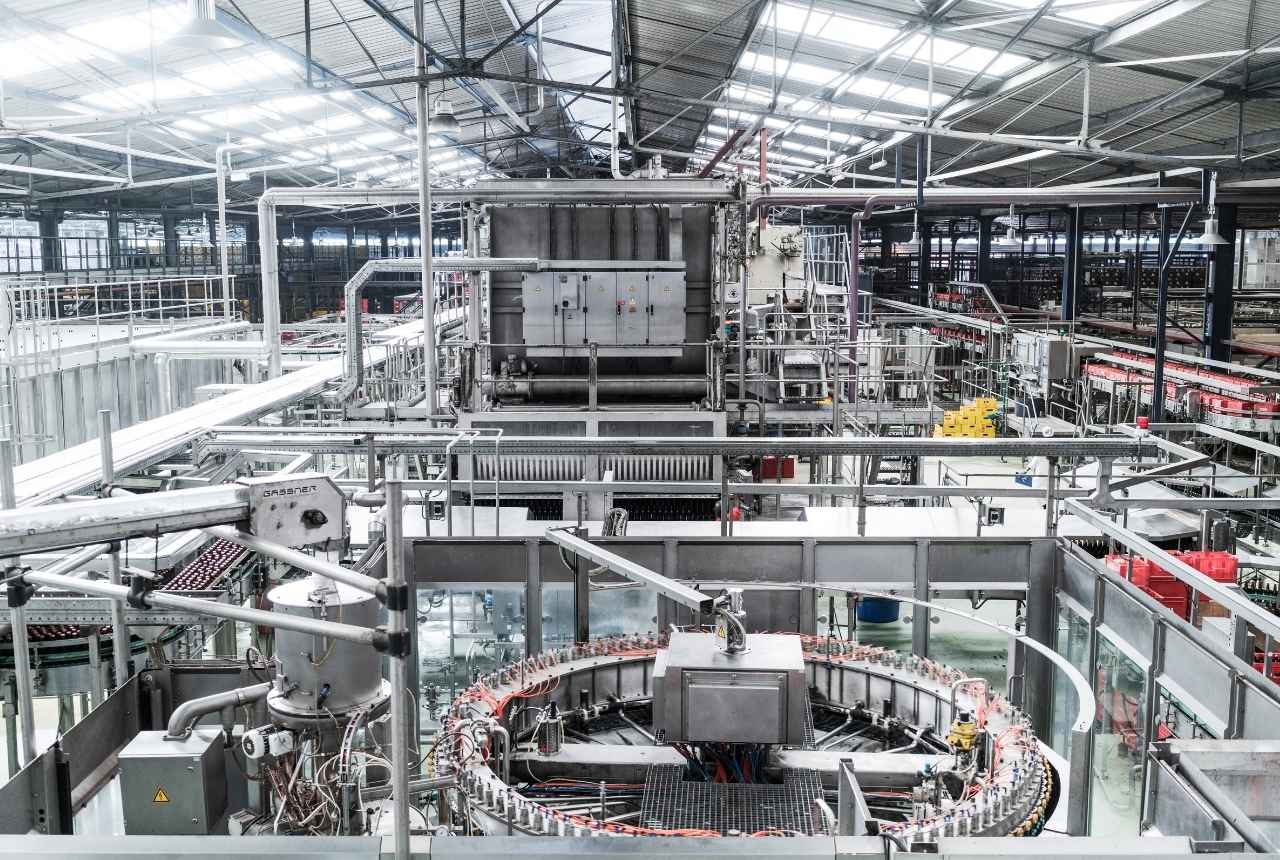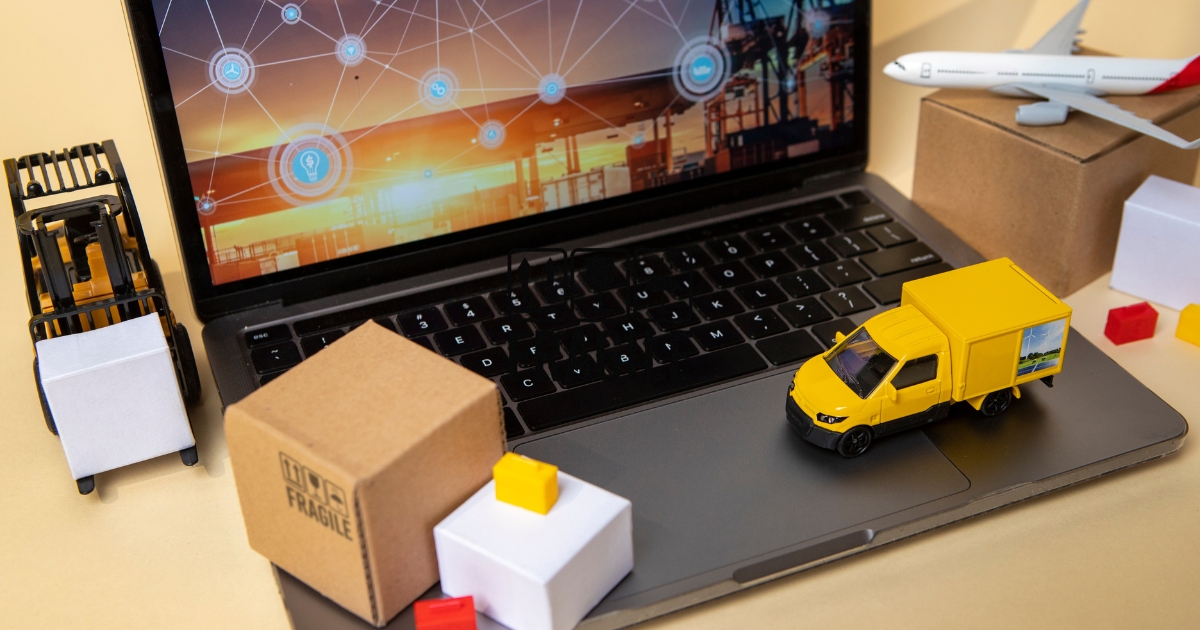Indian Medical Devices Industry
The size of the Indian medical devices industry was estimated to be $11 Billion in 2023. It is expected that it will grow to $50 Billion from 2023 to 2030 at a CAGR of 5.2%. Currently, India is among the top 20 global markets for medical devices. It also ranks as the 4th largest market in Asia.
Several factors are expected to play a critical role in this growth story such as the Government of India’s commitment to Make in India, and its positive approach towards inviting foreign companies to set up domestic manufacturing units in India.
India’s PLI Scheme for Medical Devices
India’s Production Linked Incentive (PLI) is a landmark scheme. It primarily focuses on promoting domestic manufacturing industry and facilitating growth & innovation. It encourages foreign manufacturers to set up plants in India by providing financial incentives across various segments such as cardio-respiratory devices, cancer care, imaging, radiology, and radiotherapy, among others.
Recently, the Govt of India has approved an investment worth Rs. 6,000 Crore. This investment was made under the PLI scheme for the medical devices and pharmaceutical industry. Further, the Govt has also set different investment thresholds to encourage the participation of manufacturers of all scales whether large, medium, or small.
Challenges Faced by the Indian Medical Devices Industry
The Indian medical devices industry faces numerous challenges. Let us discuss them below:
-
Higher Import Dependence
India imports over 70% of medical devices from other countries. During the financial period of 2023-24, India imported medical devices worth $8.18 Billion and consumables worth $1.7 Billion. India is heavily dependent on the global supply chain network which puts it at the risk of global market fluctuations, increased costs, geo-political events, and unfair trade policies.
-
Complex Regulatory Landscape
The Indian regulatory environment is complex and ever-changing. The medical devices industry has to keep watch on the changing regulatory scenario and comply with the new requirements, which in itself is a difficult process. Besides, the industry has to also focus on the best standards and maintain optimum product quality throughout the various stages of the manufacturing process.
-
Supply Chain Hurdles
The Indian medical devices industry faces another challenge — timely & safe transportation of medical devices from one location to another. Due to the poor condition of roads in India, transportation can take more time than usual and may incur high costs. There is always a risk of damaging expensive healthcare products.
-
Quality Control Challenges
Medical devices are life-critical systems. The Original Equipment Manufacturers (OEMs) are required to adopt stringent quality control standards at every level and even perform a third-party quality audits to ensure their devices are reliable. Furthermore, a part of the industry still relies on manual labor work rather than automation, making it difficult to adopt standardization and gaining speed & efficiency in the entire process.
-
Counterfeit Products
Counterfeit medical devices pose a serious threat not only to the business model of the Original Equipment Manufacturers but also to patient safety. These products often use substandard quality raw materials, parts with unsafe manufacturing practices, making them ineffective at treating patients. Counterfeit products can also cause serious irreversible harm to the patient’s health and life.
-
Technological Constraints
There is a greater need for quality, safety, and reliability in the healthcare industry. Much of the medical devices industry in India is still dependent on limited capital, limited technological infrastructure, and old testing methods. Such technological constraints negatively impact efficiency & accuracy, and competing in the global landscape becomes more difficult.
Govt’s Anticipated New Medical Device Policy
-
Nature of the Anticipated Policy
The New Medical Device Policy is expected to be announced in the upcoming budget. It may significantly differ from the existing Production Linked Incentives (PLI) scheme. The Govt may require the medical device industry to adhere to the strict quality and compliance standards set up by the Bureau of Indian Standards and Quality Council of India. Both of these institutions may come under the Ministry of Chemicals & Fertilizers.
-
Expectations
- Reduce India’s dependence on imported medical devices through strategic planning and measures
- Focus on enhancing the quality of domestic medical devices by laying down strict quality standards
- De-risk Indian supply chain from global geo-political events & supply chain disruptions
- Set universal standards and pricing for all healthcare devices and disposables (such as needles, blood bags, medical shoes, surgical drapes, and ICU dressings)
- Collect and analyze data on medical devices and evaluate their performance for quality, safety & reliability
- Reduce bureaucratic hurdles in the regulatory process, and make way for faster approval of medical devices
Final Thoughts
The medical device industry is a vital pillar of India’s health system. There is a growing need to reduce foreign dependence, improve the quality of domestic healthcare devices, and address various challenges from higher imports and increasing manufacturing costs to inadequate infrastructure. Adopting innovative ERP software for medical devices places organisation on a growth trajectory by effectively navigating the varied challenges.
The much-awaited New Medical Policy may provide a clear & realistic view and a proactive approach toward promoting domestic manufacturing of medical devices. It has the potential to boost innovation at par with international standards and help elevate India as a global healthcare manufacturing hub to fulfil the Prime Minister’s dream of building an Atmanribhar Bharat (Self-reliant India).







